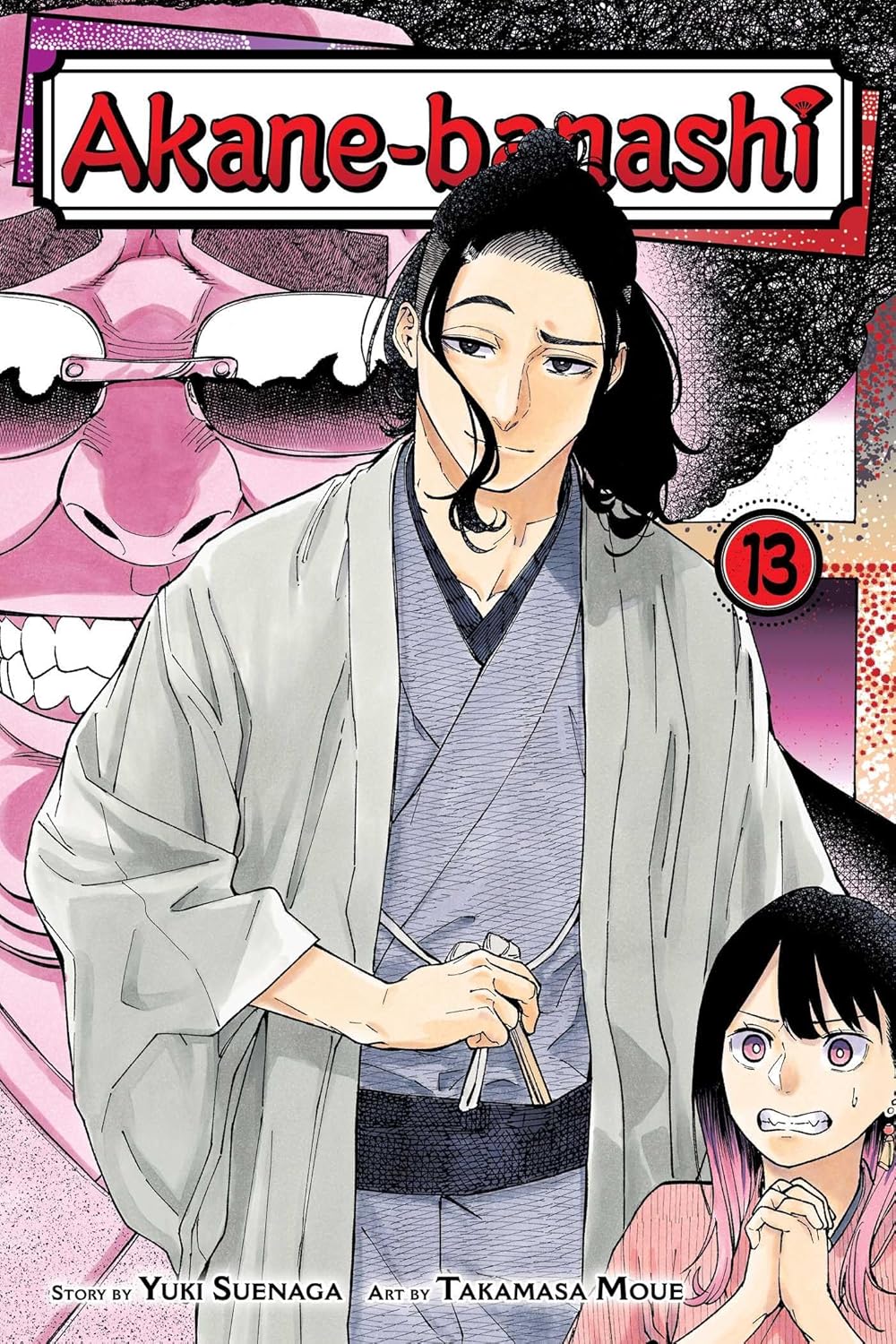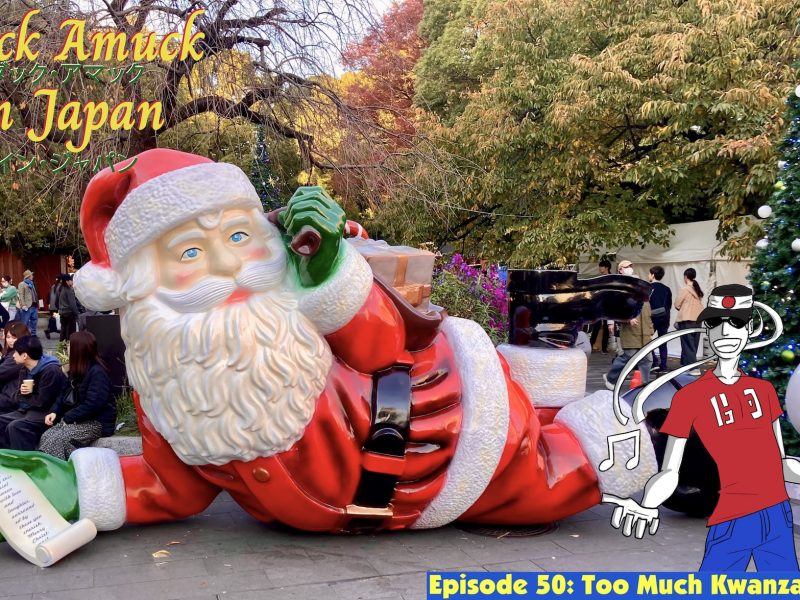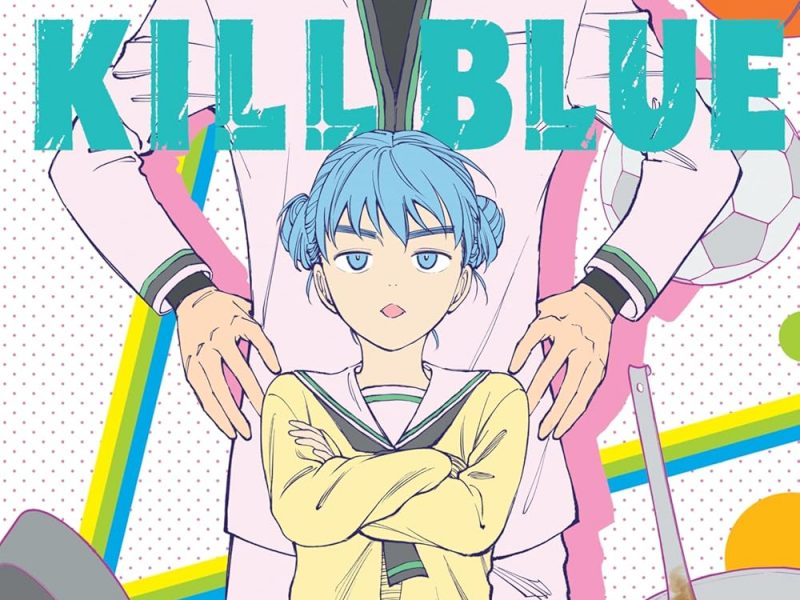MANGA REVIEW | "Akane-banashi" - Volume Thirteen
To be good at a craft, one must defy expectations. If you can show off a new side of your technique that no one even dreamed you could pull off, then you’ve become a true master. This is the word of advice I took from reading the thirteenth volume of Akane-banashi, which places its focus on Maikeru Arakawa rather than our titular lead. But there’s a very good reason for this, as we get a glimpse of what it takes to become a shin’uchi in the modern world.
The entirety of this volume is all about Maikeru’s big opportunity: to be granted the highest honor a rakugo performer can obtain. Before the big day, Akane tags along with him as he goes to various places to perform. But to Akane’s surprise, it’s not rakugo he performs; it’s just about everything else. Singing, juggling, playing the shamisen, everything but the thing he’s about to be tested on. However, there’s a method to Maikeru’s madness, and it shows when the big day comes.
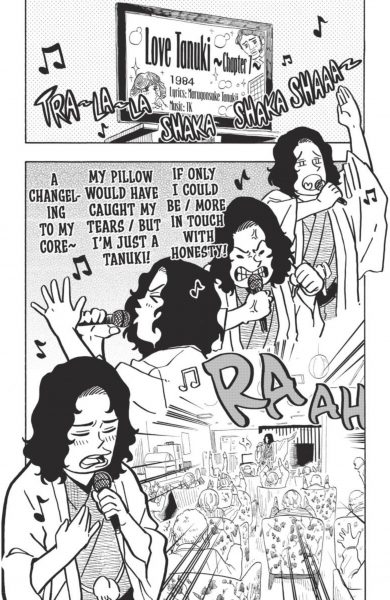
Years have gone by since the last shin’uchi test ended with everyone’s expulsion, and that moment still reeks in the air. You have Zensyou to thank for bringing up those old wounds, as his insistence on Issho saying a few words almost kills the mood. If anything, it sets Maikeru up for failure, as his path towards shin’uchi becomes a Mt. Fuji-sized uphill battle. The question now is, can Maikeru cut the tension, win the crowd over, and be victorious?
To my surprise, this volume of Akane-banashi is the very first time readers get to see Maikeru perform rakugo. Although it’s been hinted at for many chapters regarding his style, it’s not until now where we see him actually partake in this traditional form of storytelling. His choice in story, “Time’s Up”, first feels like something that would be up Makeru’s alley. He’s loosey-goosey, with some strong attempts at humor that would normally tear the house down.
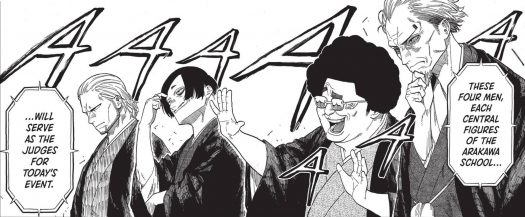
But no. Thanks to Issho’s words, everyone in the audience is quiet, and Zensyou is eating it up. He loves seeing the ones who seemingly don’t take rakugo serious enough squirm towards inevitable failure. However, Makeru’s not letting the silence crush him. He soldiers on, and by doing so, he makes a sharp left turn that changes the mood of the room.
Saying anything else about “Time’s Up” would ruin everything that this story accomplishes. With that being said, how Makeru performs it takes even Zensyou by surprise. It’s here when we find out that Makeru’s not just a rakugo performer, as his other job in entertainment allows him to go much, much deeper into a role. As a result, the audience awakens, the tension vanishes, and the story concludes in a way that sends shockwaves through the crowd.
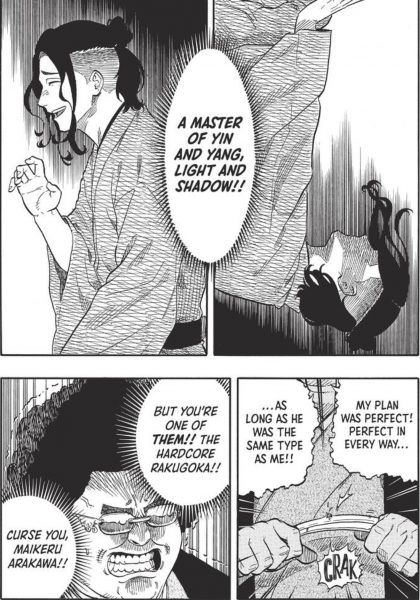
This is what makes Akane-banashi a phenomenal read! You feel like you’re in the auditorium with everyone else watching Makeru’s performance. Although past volumes have done a great job with bringing readers into the room with the performers, this is the first time the series pulls you in so deep, it’s like you’re face-to-face with Makeru with the inability to break eye contact. You feel the heaviness of the story, the power of the performer, and even the ping of the judges’ stares as they analyze every single aspect of the test at hand.
As for the results, I’ll let you find out yourself. At any rate, Volume Thirteen of Akane-banashi is the manga at its best. Even when the spotlight isn’t on our main heroine, this series delivers some of the tightest storytelling, the deepest emotions, and the wildest of surprises for all to experience. Rakugo may be a Japanese-exclusive form of entertainment, but Akane-banashi just succeeded at giving it a world-sized stage to show exactly what it’s all about!
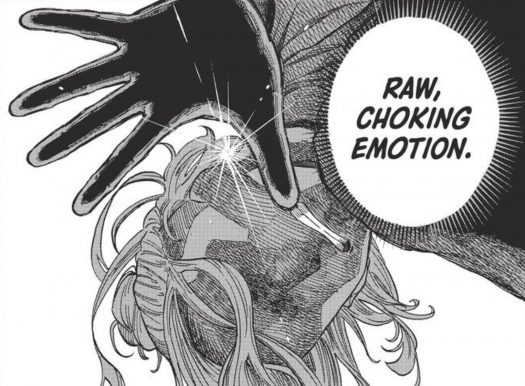
FINAL GRADE:
Promotional consideration provided by Chantelle Sturt of VIZ Media.


